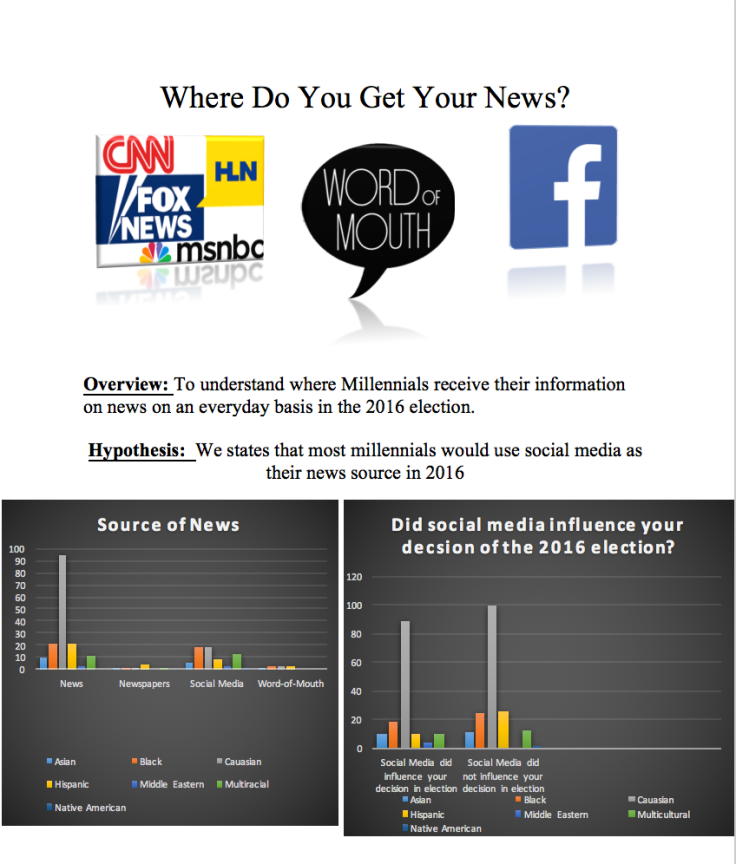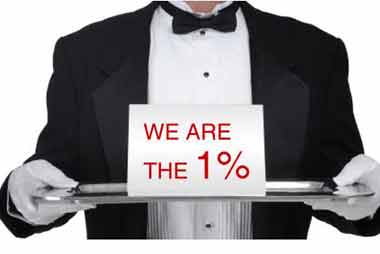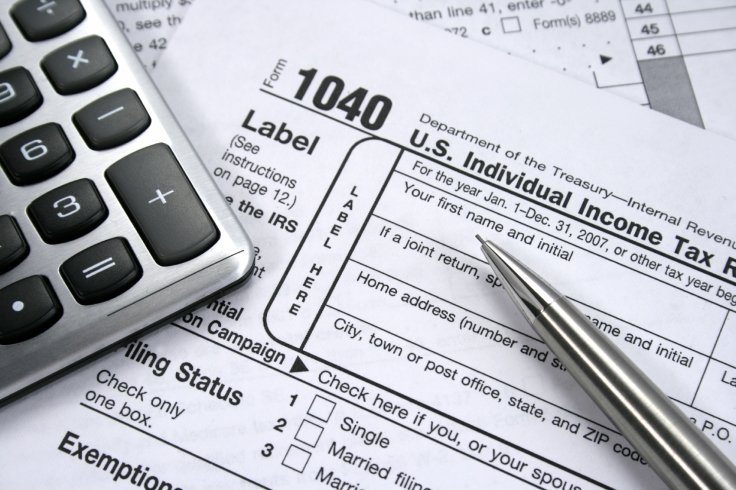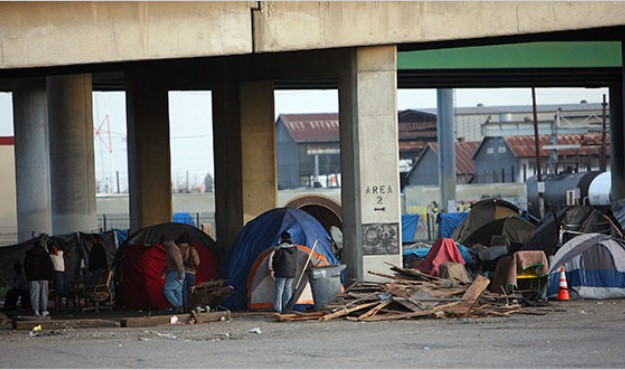George Kassimis, Tuathla Hefferan, Paige DeLuca, Isabella Dias
Gender Neutral Bathrooms and Elections
As human beings, we have come to require certain needs as civilized people. Fresh air, water, food, shelter, love, and a place to use the bathroom. And as our times are changing, we are forced to have to conform to age old standards and recognize where society places us. Whether it be by race, gender, sexuality, and everything in between, other people have a category we fit into, and there has been very little done to obscure these classifications. For trans people who don’t fit snug enough into the gender binary, a simple task like using the bathroom becomes a source of anxiety and becomes a place where they are more likely to be questioned or harassed. With each law being placed in front of a politician, the community is forced to wonder in fear. How will these laws be enforced? Genital inspection? It is a source of constant paranoia and almost always, these laws are placed to promote transphobia. Public restrooms are not public. They are bathrooms for those who fit neatly into the gender binary. But what shall a person who does not fit so neatly into these binaries do when they have to use the bathroom in public? Is it worth holding it in until you get home for the sake of not getting harassed? If one does not care enough to pay attention to those who deal with these problems, where is the limit? What about the people with body image issues? Why are we forced to judge others and leave them in paranoia over their bodies? To answer these questions, we must dream for a safer public for all humans. We have to pay attention to the wants, and the needs of all, absent of judgement. That is what our project hopes to prove. Not only that there is a need for inclusion of transgender citizens, but that there is a need as a society to rid ourselves of the judgement we cast upon others. To challenge and conquer the mainstream idea of what a body should look like, and present the importance of body individuality and acceptance.
To conduct this survey our group made two lists of questions that we thought were important. The first list consisted of general questions that we thought were necessary for conducting our survey; an example would be, “what gender do you identify with?” The second list of questions were related to our topic, gender neutral bathrooms; like “would you be open to using a gender-neutral bathroom?” As a class we decided to do one big survey, so we put together general questions that everyone agreed on. Each person that was in a survey group had to get thirty other students to take the survey. The survey was created on google docs, which made it a lot easier for us to get others to take it. We decided to make the survey multiple choice because it limited the types of responses we could get, and people generally prefer to take multiple choice surveys over short answer ones.
The biggest weakness in our survey and the method in which we collected our data was bias. Even though we took precautions in putting together the survey, like keeping the results anonymous and opening it to all students at the University of New Haven, we still saw bias in our results. 67.8% of our survey participants were first year undergraduates, with 53.5% being students in the Criminal Justice and Forensic Science program. As the survey initiators we naturally asked our friends and roommates to take the survey; we asked people who were similar to us. This bias wasn’t on purpose and doesn’t discredit the results of the survey, but it was a weakness that we noticed.
Some predictions for this experiment were that as a group, we would find that out of everyone surveyed more people would have voted for Hillary Clinton. This prediction was based off of an inference that more millennials would be voting for Clinton in general. A second prediction was that more hispanics and black people would vote for Hillary Clinton over Donald Trump. Also, we predicted that more people voting for Hillary would be open to using gender neutral bathrooms. If they had used gender neutral bathrooms in the past, they would feel no difference and be open to using it again as well. The last thing we predicted was that gender neutral bathrooms would not be a major issue in the election.
After the survey was conducted, the results were compared and calculated out of 311 people.
|
V otes |
Open to using gender neutral bathrooms |
Noticing no difference in bathrooms |
Open to using them again |
Whether it is an important election issue |
|
|
V oted Clinton |
150 |
(Yes) 108 (No) 42 |
(Yes) 14 (No) 54 |
(Yes) 53 (No) 13 |
(Yes) 82 (No) 68 |
|
V oted Trump |
60 |
(Yes) 25 (No) 35 |
(Yes) 11 (No) 12 |
(Yes) 13 (No) 8 |
(Yes) 17 (No) 43 |
|
V otes Other |
56 |
(Yes) 39 (No) 17 |
(Yes) 4 (No) 22 |
(Yes) 19 (No) 7 |
(Yes) 19 (No) 37 |
These results compared people who voted for Clinton, Trump, or other with how they felt about gender neutral bathrooms. After these results, we learned that some of our predictions were true. We learned that gender neutral bathrooms were not an important issue in this election for people who voted for Hillary, however not for Trump supporters. Also, more people who voted
for Hillary voted that they have used a gender neutral bathroom and they found no difference and would use it again.
According to demographics, 150 people voted for Clinton, 60 people voted for Trump, and 56 voted for other (including their own candidate, Stein, and Johnson). 45 people were unwilling to respond. This also proved our predictions correct because more hispanic and black people voted for Clinton over Trump.
|
Asian |
Black |
Caucasian |
Hispanic |
Multiracial |
Native American |
Middle Eastern |
|
|
V oted Clinton |
8 |
28 |
77 |
22 |
13 |
2 |
1 |
|
V oted Trump |
0 |
2 |
50 |
4 |
3 |
1 |
1 |
|
V oted Other |
7 |
7 |
34 |
3 |
3 |
0 |
2 |
As the data shows us, the issue of gender neutral bathrooms has not been talked about enough. Now more than ever before, the world is becoming more accepting of others and what they identify themselves as. Out of the 150 voters who voted for Clinton, 108 of them said they would be open to use a gender neutral bathroom at the University Of New Haven. That may not seem like a lot but only 42 said no to using one. This university is just a tiny portion of an issue that could turn into something much bigger. This matter definitely needs to be talked about and if people keep bringing it up, soon enough, it will find its way to the top of the list.








